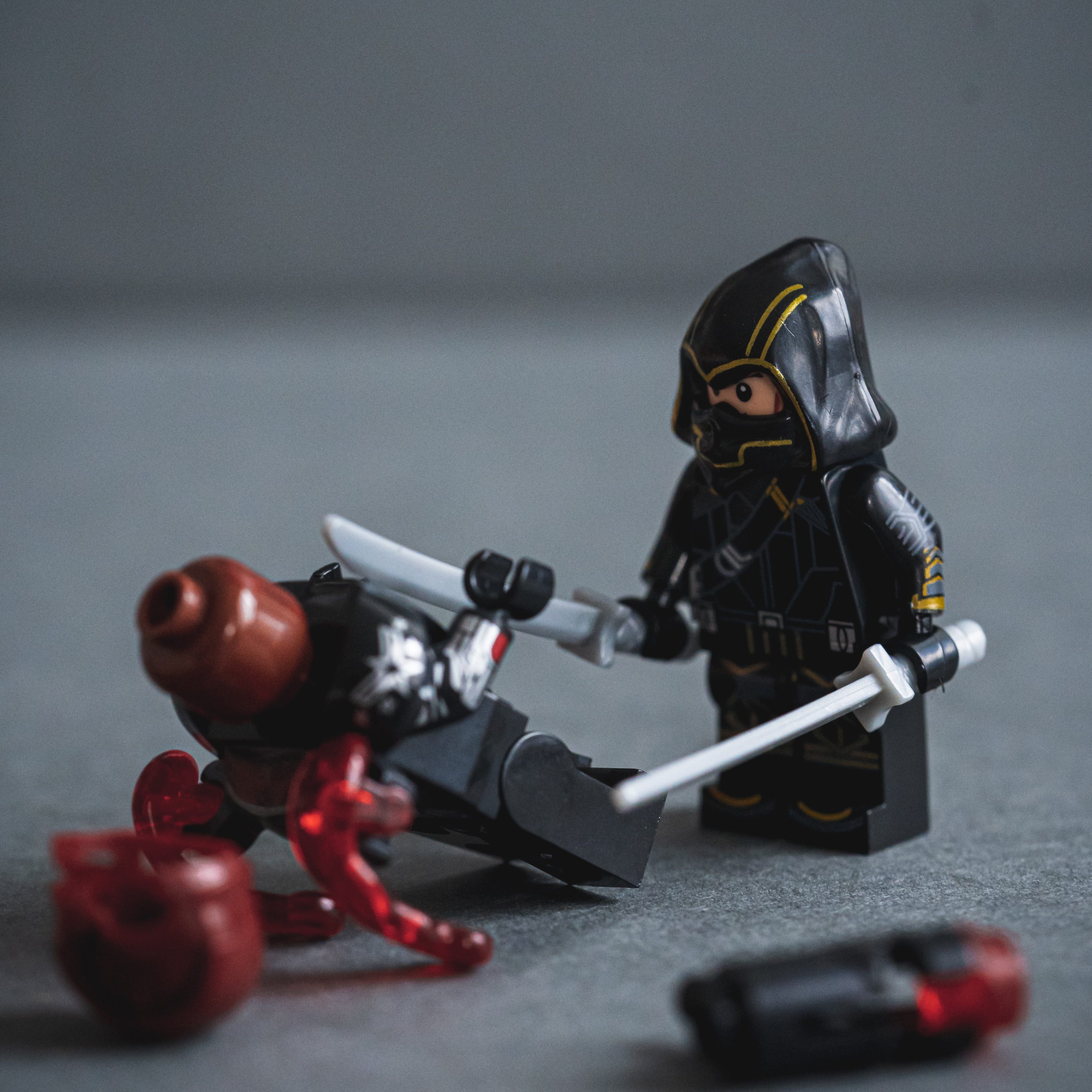I first heard the term “micro-moments” from Arianna Huffington a few months back during Power to Fly’s 2020 Diversity Summit. It immediately reminded me of how companies like, SYPartners use “micro-actions” to mitigate “micro-aggressions.”
When Less is More
As an entrepreneur and process geek, I’m always looking for the minimal viable product, i.e. the MVP, the smallest iteration that will move the ball forward. Also, as a Gen-Xer, it reminds me of Tori Amos’s amazing album, “Little Earthquakes” and mitigating long term risk – all good things. Putting this into practice lead me to create this tool for my clients, colleagues and family, which I call.
“Swapping an I for an I”
This tool refers to unpacking the gap that often exists between “I-mpact” and “I-ntention.” It’s a useful device in moments of conflict where offense has been taken, either by you or the other person.
I’ll admit I’m not always the most patient or considerate person. To be fair, it wasn’t how I was raised. My default is to soldier on. I need tools that help me pause and reflect; to slow down and clarify assumptions. Personally like many folks, I avoid conflict even when I’m offended or hurt, I tend to just brush it off. I’ve found that this, “grin and bear it” attitude is common for among working-class and first-generation groups.
Just because you can suck it up doesn’t mean you should.
Here is one story of how I use this tool in my own life.
My younger brother has several scars on his arm from where he had surgery as a kid. The other day, he wore short sleeves and I, completely without thinking rubbed the big scar on his elbow, asking if it still hurt. He snapped at me sharply. His anger, took me aback and I quickly apologized. Even then, I could tell that he was still pissed.

Instead of letting him stew, I waited a beat and then asked if he believed my intention was to mock or hurt him? Because, I explained, my intention was to express concern and affection. Intellectually, he knows that he and I are very different. On a scale of one to ten, in terms of affection, I’m an 8 and he’s maybe a 3.
He can be resentful and holds a grudge almost as well as I can. Still, I could see the tension drain from his shoulders and face, as he considered the strong possibility that his weirdo sister might have actually been trying to be nice. I knew he’d heard me.
Little resentments build up over time, like poison. Tiny stresses wear us out. Tony Robbins, self-help guru extraordinaire often says the best time to conquer problems is when they are small – or even dare I say micro.

Photo Credit: Danilo Alvesd from Unsplash
Putting this into practice: A Step-by-step guide for practicing an “I for an I”
First. Recognize when there is an offense that has occurred. It’s often easy to spot, just look for the steam coming out of the ears. Although some folks are better at suppressing their emotions than others, when in doubt ask.
Second. Identify if it’s a relationship or a transaction. If it’s a transaction, i.e. a one off interaction, perhaps just let it go. If it’s a relationship then remind yourself that you care about the other person – or at least care about preserving the relationship or community. Work from that place (and not your ego.)
Third. Take a deep breath. This will help with emotional regulation and clarity of thought, mitigating the fight or flight response.
Fourth. Get curious. This is where you can humbly and sincerely ask questions and unpack the difference between Intention and Impact. You might ask, “Do you think that was my intention?” or “Was it your intention to have (fill in the blank) kind of impact?” You may also simply acknowledge that the other person seems hurt and ask for more information.
“The story I’m telling myself is…”
Famed vulnerability researcher, Brené Brown uses this wonderful phrase when she is coming from a place or hurt. In my brother’s case he might have said, “The story I am telling myself is that my big sister likes to push my buttons and she knows that I am embarrassed/sensitive about my scars and just doesn’t care.” Epp! What a jerk!
The important thing is to hold space for multiple perspectives and listen. Don’t argue or dispute someone else’s story. Sometimes we believe the other person is trying to manipulate us with their stories. In general I find it’s not helpful to assume that to be the case – if someone is truly manipulatively insincere, that usually becomes clear over time. The focus in the step is to create a shared understanding.
Fifth. Take Action. This can be a number of things and it may be big or small. It may simply be a sincere apology and promise to do better. It may require a change of a decision or other reasonable accommodation.
If you practice doing this for small rumbles, this will help you build up your ability to hold space for bigger conflicts. If you are practicing at work, you may want to let everyone know you are doing it, this can create a virtuous cycle and give other people the permission to pipe up around micro-conflicts. If however you are like me and your family and friends aren’t into this “self-awareness” nonsense, move softly. It still works; just don’t expect them to be as enthusiastic about it as you are.

Every time we listen, reflect, respond and collaborate, we are creating trust and building community. It is, in my opinion, one of the few things truly worth fighting for.
Good Luck!



